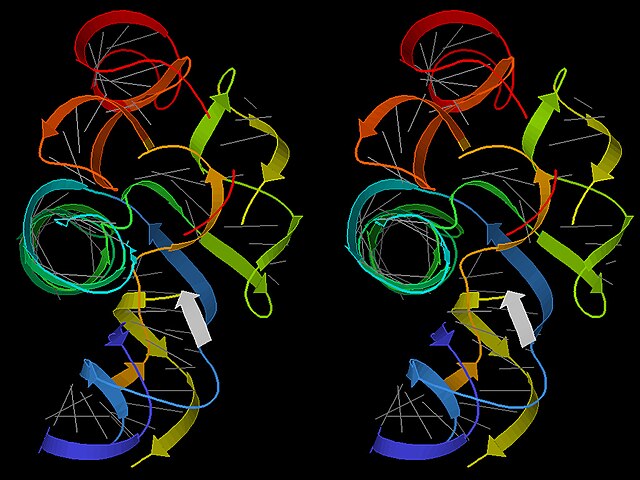Nucleic acids are large biomolecules that are crucial in all cells and viruses. They are composed of nucleotides, which are the monomer components: a 5-carbon sugar, a phosphate group and a nitrogenous base. The two main classes of nucleic acids are deoxyribonucleic acid (DNA) and ribonucleic acid (RNA). If the sugar is ribose, the polymer is RNA; if the sugar is deoxyribose, a variant of ribose, the polymer is DNA.
The Swiss scientist Friedrich Miescher discovered nucleic acid first naming it as nuclein, in 1868. Later, he raised the idea that it could be involved in heredity.
A biomolecule or biological molecule is loosely defined as a molecule produced by a living organism and essential to one or more typically biological processes. Biomolecules include large macromolecules such as proteins, carbohydrates, lipids, and nucleic acids, as well as small molecules such as vitamins and hormones. A more general name for this class of material is biological materials. Biomolecules are an important element of living organisms, those biomolecules are often endogenous, produced within the organism but organisms usually need exogenous biomolecules, for example certain nutrients, to survive.
Stereo 3D image of a group I intron ribozyme (PDB file 1Y0Q); gray lines show base pairs; ribbon arrows show double-helix regions, blue to red from 5' to 3'[when defined as?] end; white ribbon is an RNA product.


